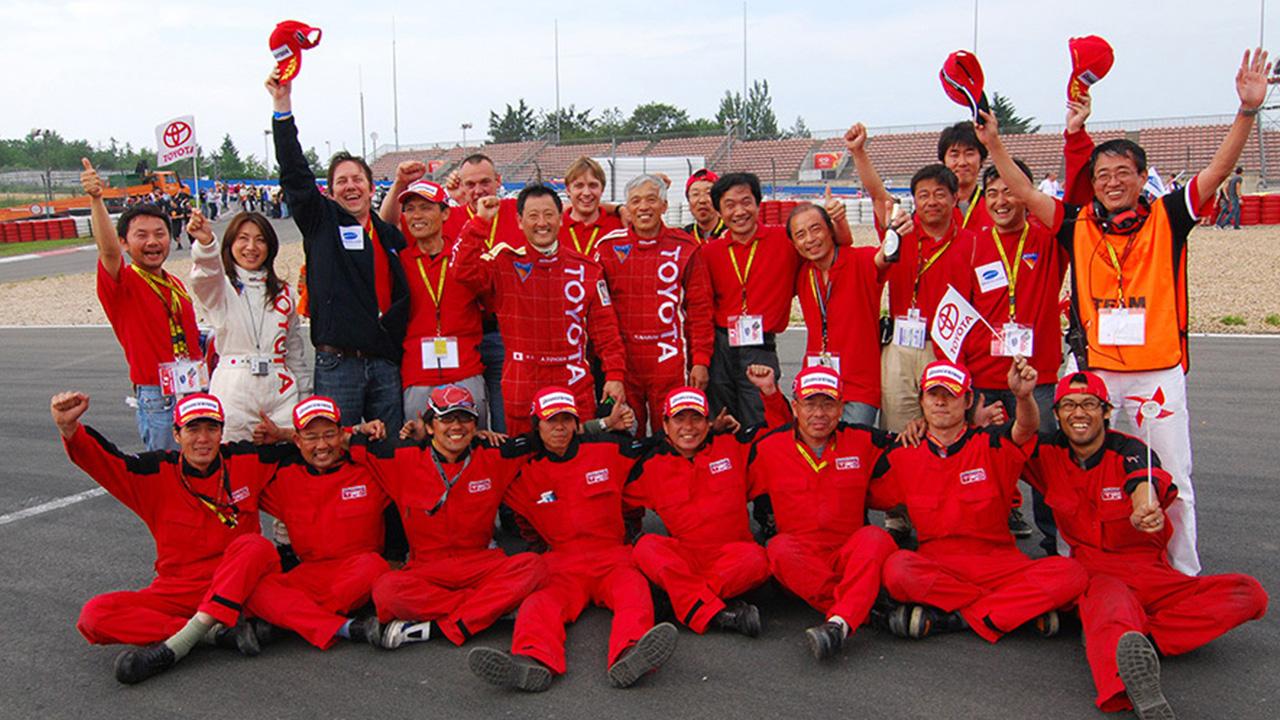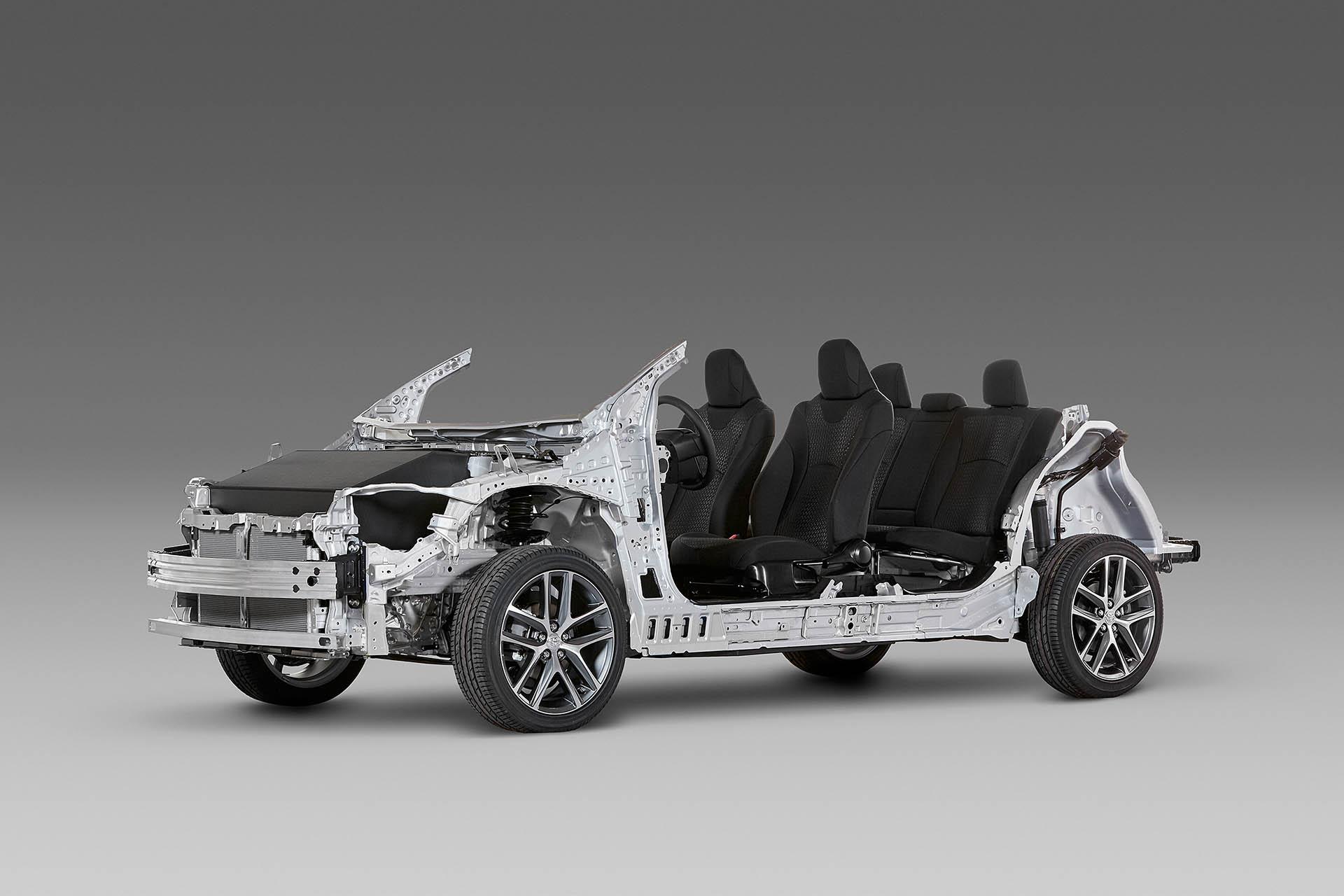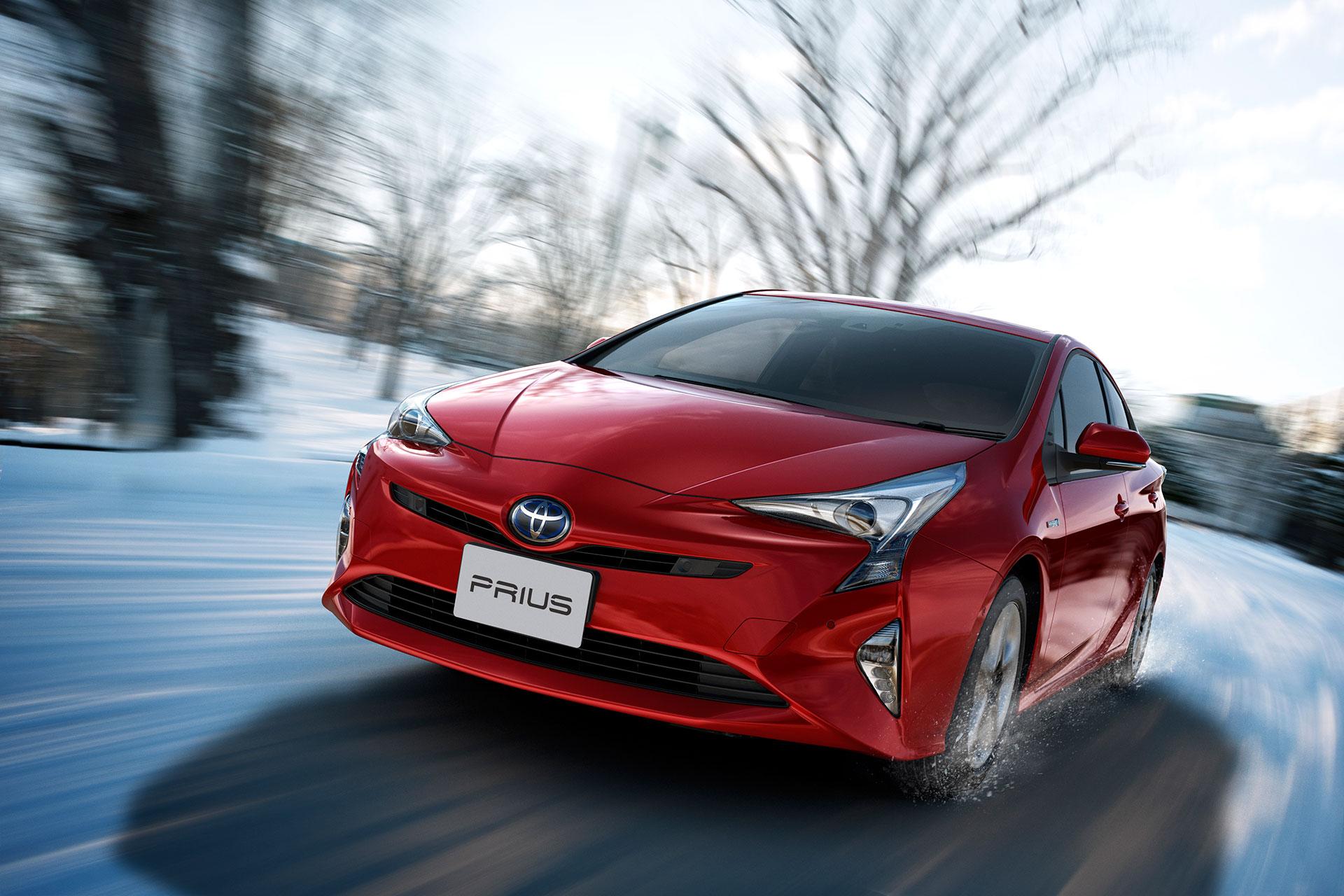
In this special feature looking back on Akio Toyoda's 14 years as Toyota's 11th president, Part one traces the course of his reforms from a product perspective.

On April 1, 2023, Akio Toyoda stepped down as the President of Toyota Motor Corporation and assumed the role of Chairman.
The leadership change had been announced via a live Toyota Times broadcast on January 26. Just two weeks earlier, Akio had shared the following remarks with Toyota employees.

A “global full lineup company.” I think that’s the simplest way to describe Toyota today.
Over the past 13 years, in our various roles we have all worked to make ever-better cars, aiming to be best-in-town, and our products have been greatly transformed as a result.
(New Year’s address, January 2023)
The Global Financial Crisis plunged Toyota into the red for the first time in its history. During that period in 2009, Akio took the helm as the company’s 11th president. Ever since, he has led from the genba, committed to being “best-in-town” and making “ever-better cars.”
The changes can be seen in Toyota’s products—the cars—as well as its operating figures. Toyota Times looks back on Akio’s 14-year presidency from both of these perspectives, beginning with the transformation in the company’s cars.
Frustration spurs “ever-better” carmaking
Why is Akio fixated on making “ever-better cars”? To find out, we need to wind the clock back to 2007 before he became president.
We find Akio, then Toyota’s vice president, at the Nürburgring in Germany, preparing to take part in his first 24-hour race.
In the leadup, Akio had been studying under master driver Hiromu Naruse, starting with the fundamentals of driving. With an A80 Supra as his training partner, he desperately tried to keep up with Naruse.
During discussions, Akio had once remarked that he struggled to communicate with the company’s engineering teams. Not being an engineer himself, Akio was now trying to find a common language by tackling carmaking as a driver.
After several years of driver training, he was finally ready to take on the Ring with Naruse.
Unfortunately, within the company there was little appreciation for the challenge they were undertaking. Unable to sport the Toyota name, the team took “GAZOO” from a project Akio was leading at the time. He also had no choice but to keep his own identity under wraps, instead appearing under the driver name Morizo, borrowed from the official mascot of the 2005 Aichi World Expo.
When practicing on location in Germany, Akio stuck with his A80 Supra. For the race itself, the only option was to modify an old Altezza paid for out of his own pocket.
While other manufacturers fielded sports cars being developed for future release, Akio suffered the humiliation of racing in a car that was no longer even in production.
This frustration turned into the driving force that kept bringing Akio back to the 24 Hours of Nürburgring, forming the core of his approach to carmaking.
In 2019, upon returning to Nürburgring in Toyota’s first new Supra in 17 years, Akio shared the following words.
Thirteen years ago, we could not even use the Toyota name; our makeshift team comprised basically two people—Naruse and myself—and we participated in the 24 Hours of Nürburgring with fewer members than most privateer teams.
Back then, I was overcome by various frustrations—the frustration of not receiving any support; the frustration of not being taken seriously no matter what we did; the frustration of being belittled no matter what we did; and the frustration of having to run a Supra model that was no longer in production. All these frustrations have remained with me ever since Naruse passed away on June 23, 2010, exactly a year after my appointment as president.*
These frustrations are why, as president, I keep urging us to “make ever-better cars.”
(Comments after Nürburgring race, June 2019)
*In June 2010, while out testing the under-development LFA on public roads, Naruse was involved in an accident, never to return.
TNGA boosts performance and lowers costs
From here, let’s look at some of the reforms Akio undertook to realize his vision of ever-better carmaking.
Akio tore up the playbook of conventional car manufacturing with a structural innovation known as the Toyota New Global Architecture (TNGA).

The TNGA concept was announced in 2012, as Akio headed into his fourth year as president.
With TNGA, vehicle frameworks (platforms) were re-engineered according to ergonomically ideal driving positions. Toyota also worked to lower centers of gravity and create designs that would captivate customers.
Meanwhile, the powertrain units—consisting of the engine, transmission, and hybrid systems—were upgraded for better environmental and driving performance. On the production floor, Toyota streamlined operations by setting standards for processing and assembly tasks, along with unified specifications for processes and equipment.
Integrating all of these elements enabled the company to develop high-quality cars that enhanced the basic capabilities of driving, turning, and stopping. At the same time, engineers pursued overall optimization by devising clever ways to share parts, leading to greater efficiency and lower costs.
The fourth-generation Prius was launched in December 2015 as the first TNGA-based model. Akio spoke about the car in his message to shareholders the following year.

We have developed an automobile design framework from the ground up to launch the new Prius, a vehicle that materializes our desire to “make ever-better cars” and delivers not only heightened environmental friendliness but also vastly enhanced basic performance on points such as driving pleasure and riding comfort, as the first model under the TNGA. We will continue to promote these efforts under the TNGA while strengthening our competitiveness through simple, streamlined, and innovative Monozukuri (manufacturing) and human resource development.
(Notice of General Shareholders’ Meeting, May 2016)

